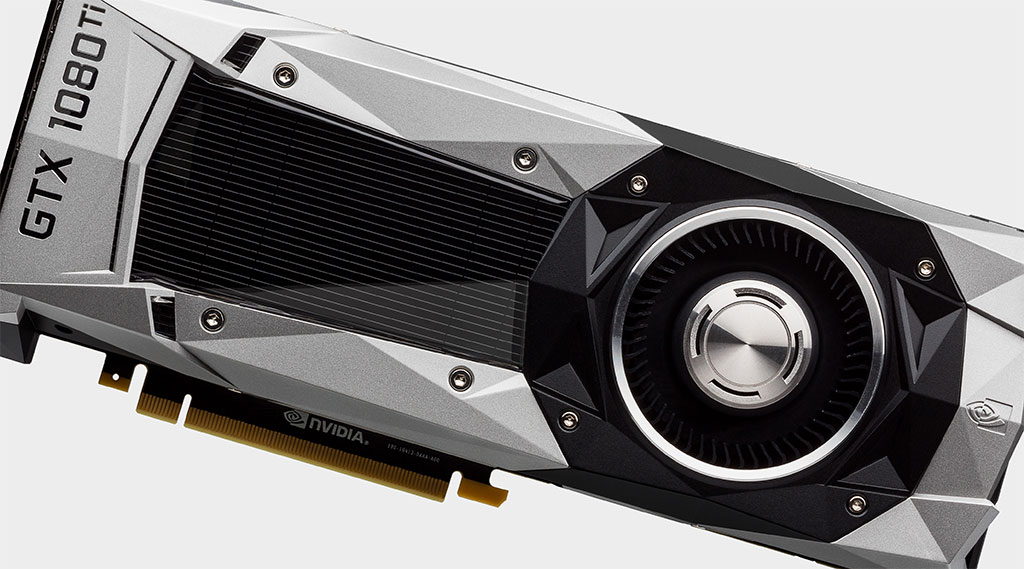GPU-Z will now tell you if the Nvidia graphics card you bought is a fake
Keeping it real.

TechPowerUp has updated its GPU-Z utility to detect "fake" graphics cards so buyers of second hand GPUs can tell if they've been scammed.
This was apparently a thing during the cryptocurrency mining boom that saw some of the best graphics cards selling at inflated price tags, sometimes double or even triple the MSRP. Unscrupulous sellers took advantage of the situation by flashing lower end cards to appear as higher end ones.
We don't know how much of an issue this is in today's landscape—many miners have either gotten out of the game or moved on to using ASIC hardware—but with Nvidia pushing its new RTX cards, there's another opportunity for scammers to try and pull a fast one on unsuspecting buyers.

"We worked extensively on the ability of GPU-Z to detect fake Nvidia graphics cards (i.e cards not really having the GPU advertised on the box). GPU-Z now prepends '[FAKE]' to the Graphics Card name field, and lights up with a caution triangle. This capability is forward compatible for the supported GPUs (listed in the changelog), so for example, it will be able to detect a fake RTX 2060, which in reality uses a GK106 GPU," TechPowerUp explains.
Unfortunately this obviously only works once you have the card in hand and installed in your system, by which point you might have already been scammed. Nevertheless, it can be handy in knowing for sure if you've been suckered out of your money, and filing timely disputes where necessary.
This feature was added to GPU-Z version 2.12.0 released on Friday. There's actually a newer build released today, version 2.13.0, that contains the same feature update plus a handful of bug fixes. You can grab it here.
Keep up to date with the most important stories and the best deals, as picked by the PC Gamer team.
Paul has been playing PC games and raking his knuckles on computer hardware since the Commodore 64. He does not have any tattoos, but thinks it would be cool to get one that reads LOAD"*",8,1. In his off time, he rides motorcycles and wrestles alligators (only one of those is true).


